Real vs. Fake Christmas Trees: The Great Debate Over Environmental Impact
Updated Dec. 5 2021, 9:33 a.m. ET
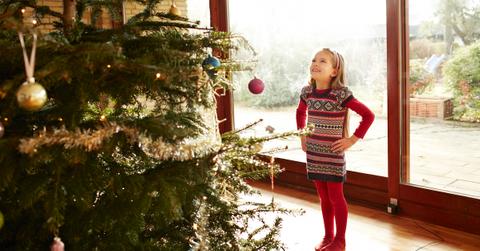
My wife and I have this argument every year: should we get another real tree that’s only going to last the season, or bite the bullet and finally get a fake tree that will be around for years to come? For us, it’s a question of cost vs. tradition, and it’s pretty small potatoes in terms of our relationship and our finances, but for many eco-friendly people, this is a far more complex issue. The real vs. fake Christmas tree debate isn’t just about which tree looks or smells better, it’s about the lasting environmental impact of the Tannenbaum in question.
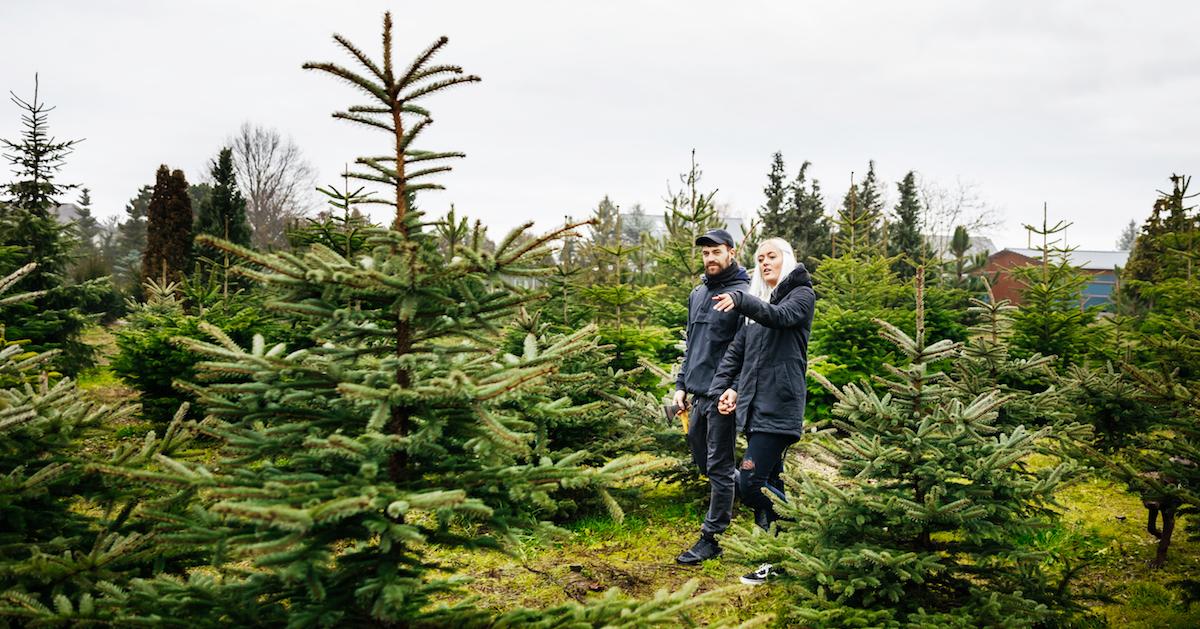
Are Christmas trees bad for the environment?
This is a difficult question. According to CNN, Americans throw out 1 million extra tons of waste each week from Thanksgiving to New Year's Day every year. The bulk of that 25 percent increase takes place during the Christmas season, and is made up of holiday cards, wrapping paper, gift boxes, etc. But at least some of that trash contains discarded Christmas trees — specifically, fake ones.
Are fake Christmas trees bad for the environment?
From a financial standpoint, the idea of a fake tree might make sense. You’re buying a single tree, meant to last significantly longer than a real one, which means you’re not spending the same $50 plus dollars each year to get that pine-fresh scent. You’re also paying for the convenience of being able to pull the Christmas tree out of the attic every year, instead of shopping for one in the cold every year.
According to USA Today, Americans purchase approximately 10 million artificial trees each season. The added impact of all those artificial bushes made of plastic and metal is that they usually ship here from China, increasing carbon emissions and resources. These trees are not recyclable nor biodegradable, so even if they do happen to last you 10 years before breaking (they likely will not), they will still end up in a landfill somewhere.
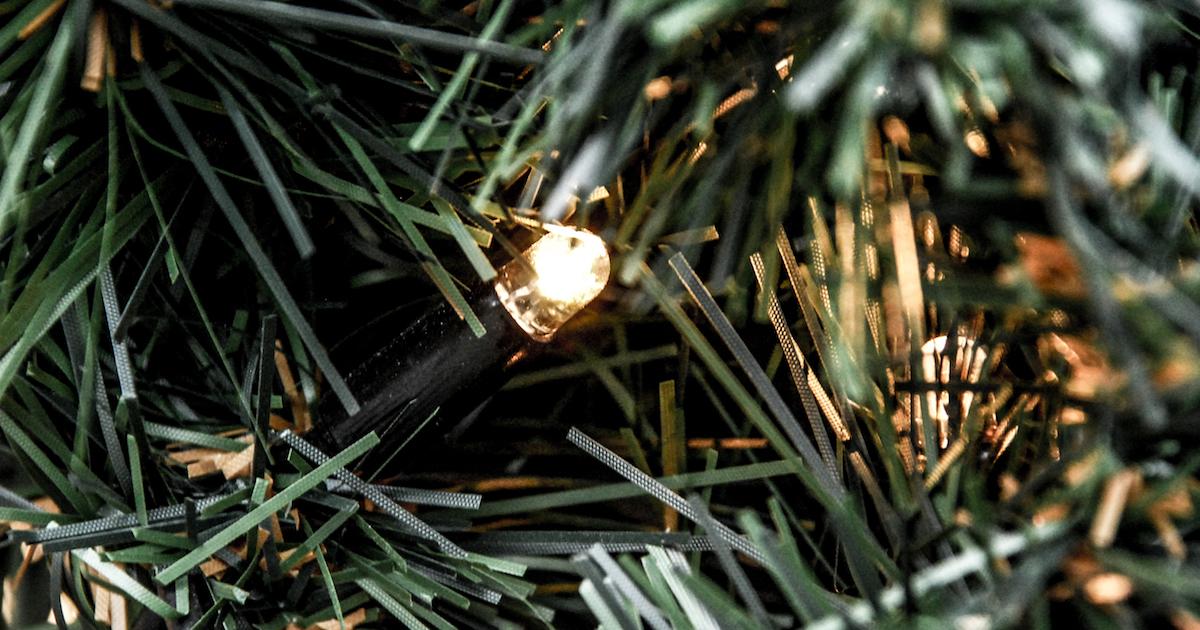
Are real trees better than artificial ones?
This is a tough question, and the answer is perhaps a bit more nuanced than the previous one. The main draw for real trees is their authenticity. They look real, smell real, and feel real — and that counts a lot when trying to connect with a holiday that feels more and more commercialized with each passing year.
Real trees also don’t require the intensive carbon emissions it takes to produce and ship artificial ones. They actually release oxygen into the atmosphere and take in carbon dioxide while they are growing, thereby eliminating that complication. There are thousands of tree farms across the U.S. and each year, about 30 million trees are sold to holiday shoppers.
That may seem like a lot, but it’s nothing when you consider that this 30 million is out of the 350 to 500 million trees that are actually grown every year.
Tree farms are often great for the environment and the people who work and live on them. They create jobs for humans, homes for animals, oxygen for everyone, and holiday cheer for anyone that sees them. More important than all that is the fact that, unlike fake trees, real trees are completely biodegradable. They can be used for lumber, turned into mulch, or composted and used to fertilize next year’s crop.
To further lower the environmental impact of the real tree you buy, try purchasing one that was locally-grown. Or, better yet, ask an employee at your local Christmas tree market if it's possible to take a look at the less-than-perfect trees that are headed to the chipper — by purchasing one of these, you'll be saving it from getting mulched, and possibly even saving yourself a few dollars.
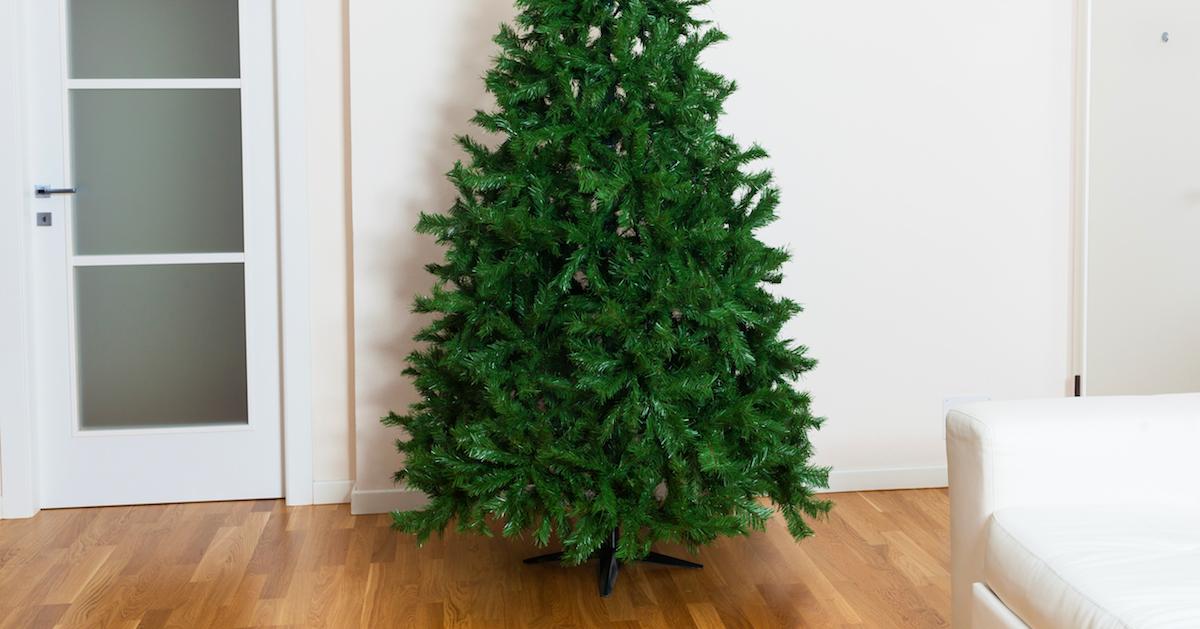
Isn’t cutting down real trees bad?
There are certainly problems associated with logging — but you have to think of Christmas trees more like cucumbers or corn than towering pines. They are grown yearly and meant to be used for that purpose. Many commercial tree farms use sustainable methods for cultivation and recycling. For consumers, it means we can feel good about buying something that is both better for the environment and the business of the people whose livelihoods depend on it.
Are there alternatives to real or fake trees?
The perfect alternative to a traditional real or fake tree might just be a living tree. As odd as this sounds, many eco-conscious companies offer tree adoption programs that allow you to buy a living Christmas tree in a flower pot.
For instance, Friends of the Urban Forest, in partnership with the San Francisco Department of the Environment, sells these living potted trees known as "Green Christmas Trees" that you can keep in your living room. After the holidays, the organization collects the trees from everyone's homes, and replants them in the forest. By the organization's own admission, these trees are often described as “Charlie Brown trees” — but that hasn’t stopped them from growing steadily in popularity and revenue over the past few years.
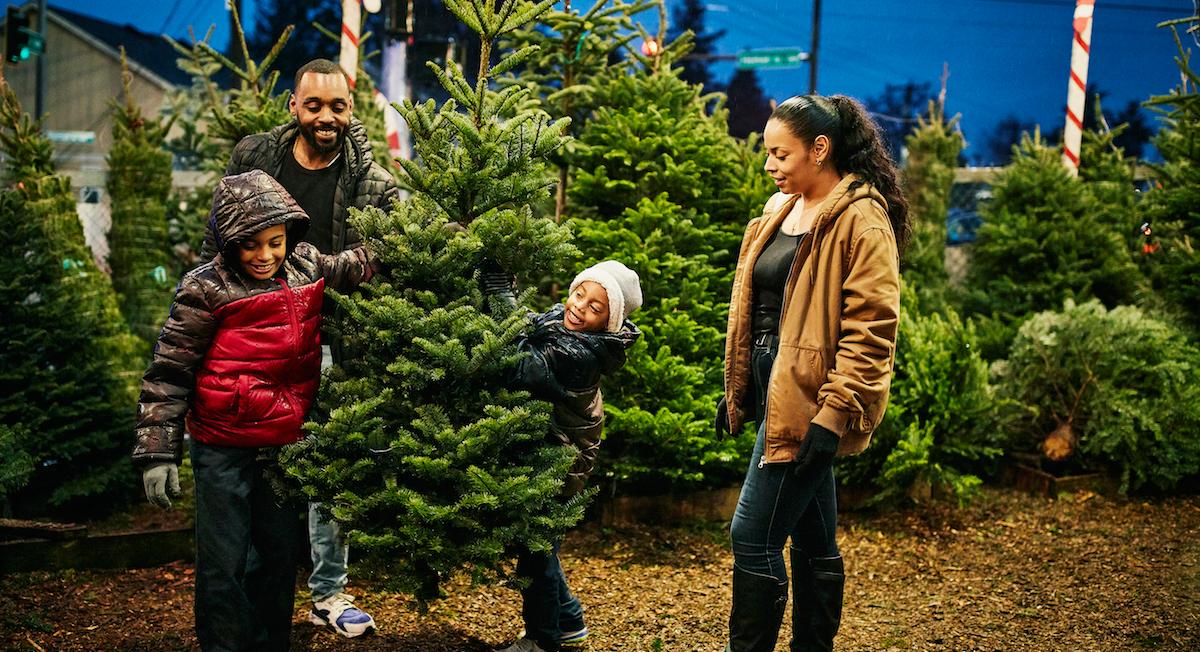
How do real trees help fight climate change?
According to findings by NASA, restoring our forests is one of the most effective ways to slow climate change. Christmas tree farms, while temporary, can store a lot of carbon — enough to cut carbon emissions — by 30 percent if they are maintained properly.
The National Christmas Tree Association asserts that for every tree purchased, farmers plant one to three seedlings in its place. This means that three times the amount of trees used are planted every year, on average. Even if more people start buying real trees — which they should — great strides will still be made in fighting climate change. In the end, even I have to admit that my wife is probably right.
In the contest of real vs. fake Christmas trees, the ends do indeed justify the means. Real trees are more sustainable, better looking, better smelling, and better for everyone. Sure, you’re spending a few more bucks every year to get the real deal, but think of it this way: you’re helping thousands of farmers, farmworkers, and their families to continue doing good work for the betterment of our planet. And there’s no better Christmas gift than that.